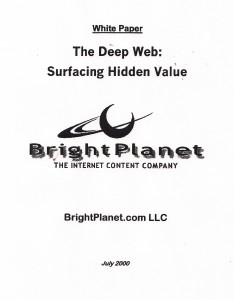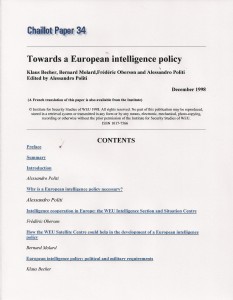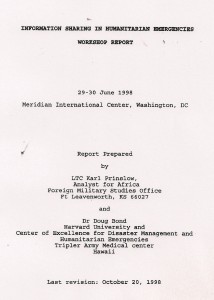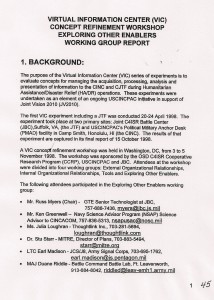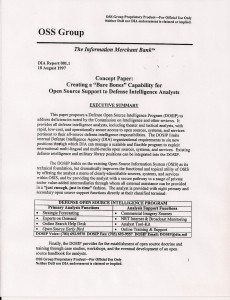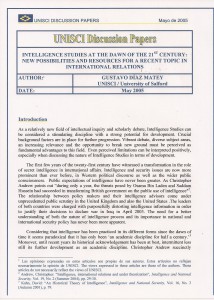
Phi Beta Iota: Gustavo Diaz Matey is the author of the two definitive modern works on intelligence out of Spain,
pending citations from author
Among many strong observations in the reference are his statement on page 2,
Intelligence is all but absent, in the work of most international relations theorists and it does not figure in any key International relations theory debates between realist, liberal, institutionalism, constructivist and postmodernist approaches.
Contents:
1. Intelligence and the study of International Relations
2. A Starting Point. What is intelligence?
3. Popular Culture and Intelligence
4. Is secrecy the main characteristic of intelligence and the main limitation of intelligence studies?
5. The open source revolution (OSINT)
6. Declassification

